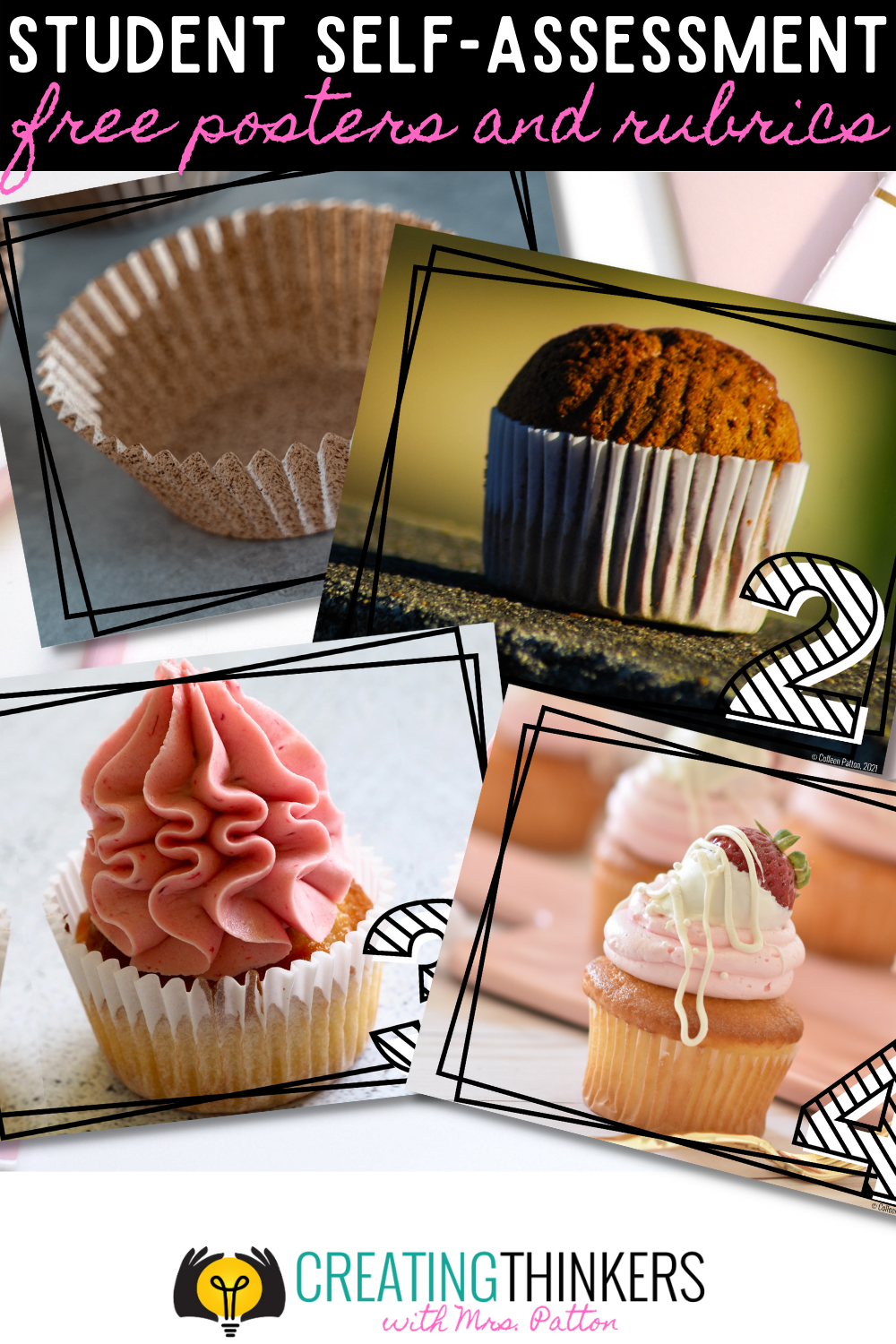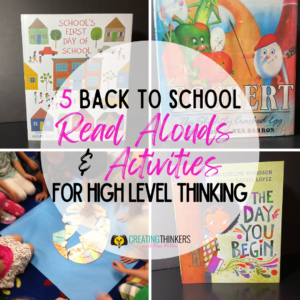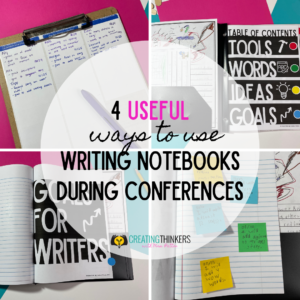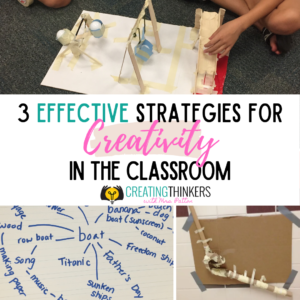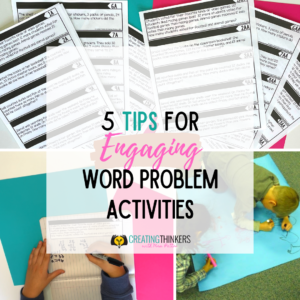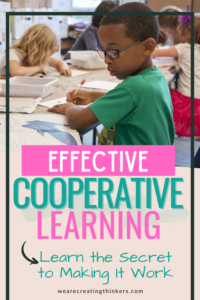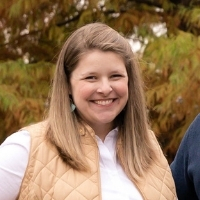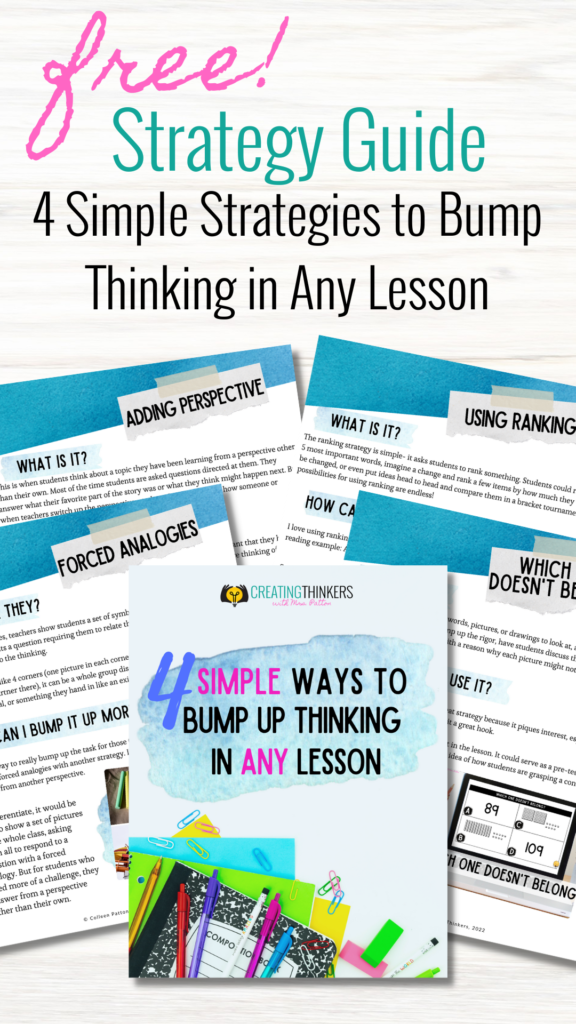Assessing students to inform instruction is certainly a main part of what we do as teachers, especially when we are aiming to differentiate lessons.
However, it doesn’t always have to end with the teacher spending precious time grading and analyzing the scores.
Well… that is as long as you are willing to let go of some control!
Making Self Assessment by Students Work
Before delving into how all of this works, it is very important that the right environment is established in your classroom. For students to be honest, they have to feel safe enough to take risks and be honest with you and their classmates.
The classroom should also be one that celebrates learning from mistakes. If you’re anything like me, you’ll have daily authentic opportunities when you make mistakes and can model how you learn from them and move on.
If you need to help your class grow in this area, I suggest planning some intentional read alouds that help lead to a discussion about mistakes, and planning some team building activities.
Here are some of my favorite read alouds for making mistakes:
PS- Planning for lessons that use the engineering design process like this marble roller coaster give students plenty of practice learning from mistakes!
The Self Assessment Cupcake Scale
In my classroom, we use the cupcake scale for students to self assess.
Here’s the breakdown:
Level One- Cupcake Liner, Just like there is pretty much nothing there to meet the goal of making a cupcake, this level shows a student used little to no effort
Level Two- Liner + Cake, we are a bit closer to making a cupcake, this level shows a student did some things right/ put forth some effort, but the goal hasn’t been met yet
Level Three- Liner + Cake + Icing, we did it, we made a cupcake! this level shows a student did all the things that were expected; the minimum expectation was met
Level Four- Liner + Cake + Icing + extra , not only did we make a cupcake, but we also added something extra; this level shows a student went above and beyond the expectation or put in some extra effort
I’ve been using this scale with students for the past 10 years, and students understand it so easily.
If you’d like a free copy of the cupcake scale posters, enter your email below and I’ll send it on over!
3 Easy Uses for Self Assessment with the Cupcake Scale in Your Classroom
Once you’ve discussed the scale with your students and you have the posters in your room, you can refer to them anytime. Here are three ways I often use the scale:
- When behavior isn’t exactly what you are expecting, stop students and have them hold up 1, 2, 3, or 4 fingers to show how they would rate themselves on the scale.
- When you get to a stopping point in a lesson, have students rate their understanding on the scale. If you have some 3 and 4 cupcake learners, send them off to do the assignment and keep the 1 and 2 cupcake learners with you for more practice until they are comfortable to do the assignment on their own as well.
- Use removeable dots like these on a chart for students to rate their understanding of a topic. Students write their initials on the dots and then move the dots periodically throughout the unit so you can track understanding.

2 Free Rubric Examples to Try
When I plan to use a rubric to assess a project, I utilize this cupcake scale as well.
First, I go over the rubric with students and give them a copy to keep in their “Work in Progress” folders. When it is time for students to turn in the project, they get out their rubrics and students self-assess by circling how they think they did in each section.
I find that students pay more attention to the requirements when they understand them and know they will be responsible for grading themselves before I do.
Here is an editable reading response rubric I have used with the cupcake scale along the top:
Here is an editable cupcake rubric template I use for our bigger projects:
I hope you and your students enjoy this sweet self assessment tool!
Let Me Help You Turn Your Students into Thinkers!
If you have a passion for getting your kids to think, you’ll love my FREE Guide. It’s about 4 simple strategies to bump up the thinking in any lesson. Download it for free and stay in touch to get classroom-tested ideas straight to your inbox!
Keep those kids thinking!
Colleen Patton
Note: Some of the links in this post are affiliate links. I may get a small commission if you purchase these, but hey that helps me keep offering some awesome freebies for you!

